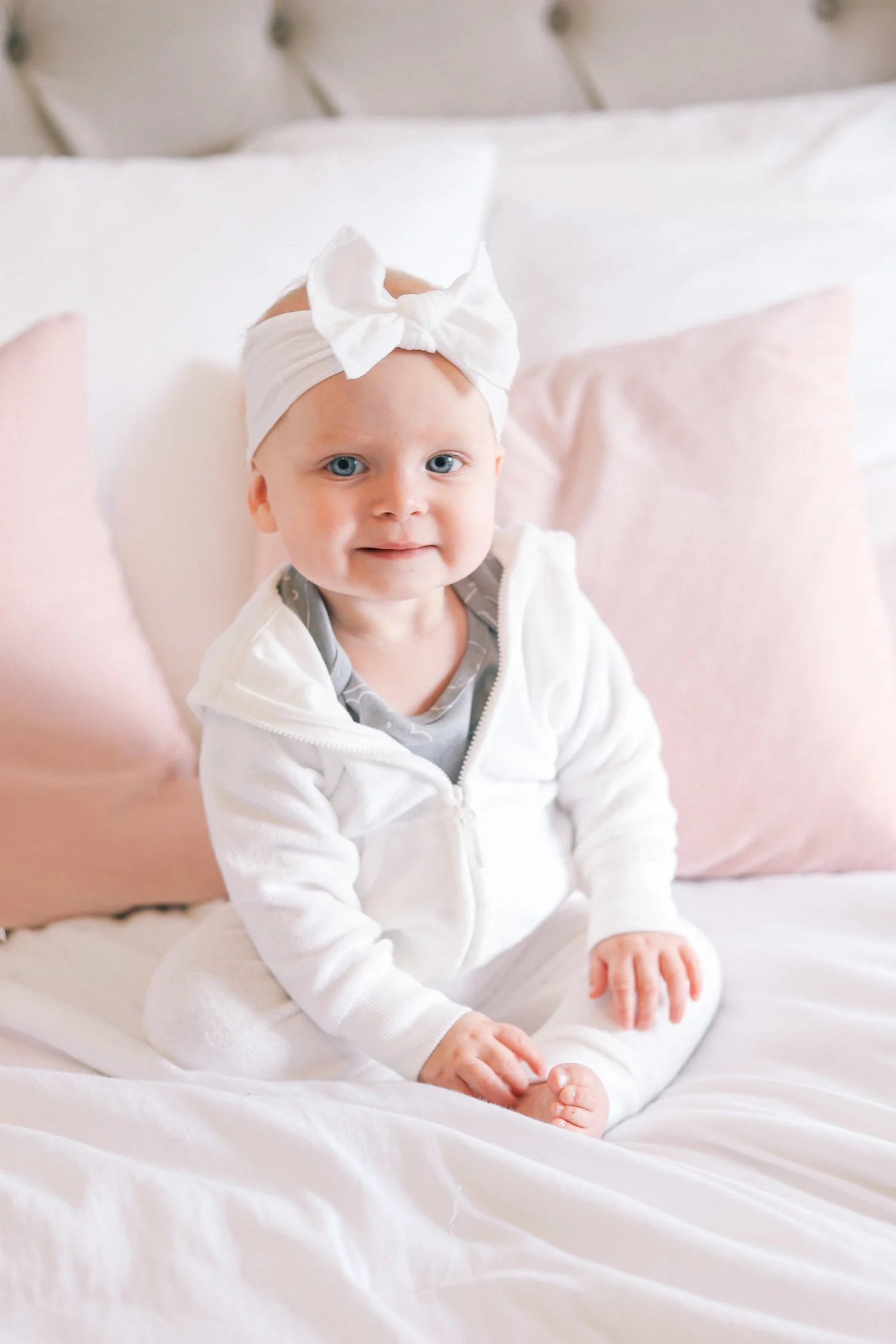Updated: Jan. 17, 2018
Originally Published: Aug. 5, 2016
Four months ago, I would have never imagined I’d be reflecting on my daughter’s autism diagnosis. At that time, it just didn’t register with me.
Even when her developmental pediatrician pointed out various signs during our visit, I remained oblivious. As he documented his observations and examined her play, it felt surreal when he expressed his conviction that my daughter was on the spectrum. I found myself zoning out, the chatter in the room fading away as I focused on the sound of my own heartbeat.
A quiet resentment bubbled inside me as he described her lack of eye contact and her tendency to crash toy cars or topple block towers without being able to recreate even a simple structure herself. Despite her impressive knowledge of shapes and colors and her ability to name every picture on flashcards, she couldn’t follow basic instructions or respond accurately to simple yes or no questions. She often repeated phrases to communicate but couldn’t engage in a back-and-forth conversation. My heart sank as he listed her quirks: her hand-flapping and her unpredictable movements.
What troubled me most wasn’t the prospect of 15 hours of early intervention therapy each week or the mountain of paperwork to enroll her in an IEP for school. It was the realization that the very qualities I cherished in my daughter—the things I believed made her special—were now being labeled as symptoms of a disorder.
He didn’t see her the way I did. He overlooked the fact that while she may have struggled with his three-block structure, she could craft elaborate Duplo cities that far surpassed anything I could imagine.
He was unaware that her spirited nature, though sometimes overwhelming, was something I cherished. I had always admired how unlike me she was. I was shy and struggled to make friends, while she would exuberantly approach other kids non-verbally, hopping and squealing with glee. I loved that she seemed blissfully unaware of how different she was, navigating her own universe, sometimes drawing curious stares or cautious interest from her peers.
Even though she rarely made eye contact, when her gaze met mine, it was as if her whole being lit up, and her laughter was the sweetest sound. She would grab my face, pulling me close as if to invite me into her vibrant world.
I resisted accepting her ASD diagnosis because I feared it would somehow diminish her uniqueness. But three days later, while waiting in line at a craft store to buy materials for her birthday tutu, I began to understand the necessity of the diagnosis. She suddenly spiraled into a meltdown, kicking and hitting as I held her tightly in my arms, desperately wishing to calm her. I felt the stares from other customers, their whispers adding to my anxiety.
Coming to terms with this diagnosis has been a journey, and I know we have much to learn about advocating for her in this new reality. I constantly find myself analyzing her behavior, questioning what is typical toddler behavior versus what may be attributed to her autism.
Yet, the more I think about it, the less it matters. This diagnosis is critical in helping us find the right tools for her so she can shape her own future—just like any parent wants for their child, whether they are on the spectrum or not. While the future remains uncertain, I know one thing for sure: my daughter will create the life she desires, whatever that may look like. She is so much more than a collection of symptoms, and no label can define her.
For more insights on parenting and understanding autism, check out this comprehensive resource on various treatments. If you’re interested in learning about home insemination methods, visit Make a Mom for expert advice. And for further information on privacy policies, see our other blog post.
Summary:
This article details a mother’s journey of coming to terms with her daughter’s autism diagnosis. Initially resistant, she reflects on the qualities that make her daughter unique and how they were overshadowed by the label of autism. Through challenging moments, she learns the importance of the diagnosis in providing her daughter with the tools she needs to thrive, emphasizing that her child is more than just her symptoms.
